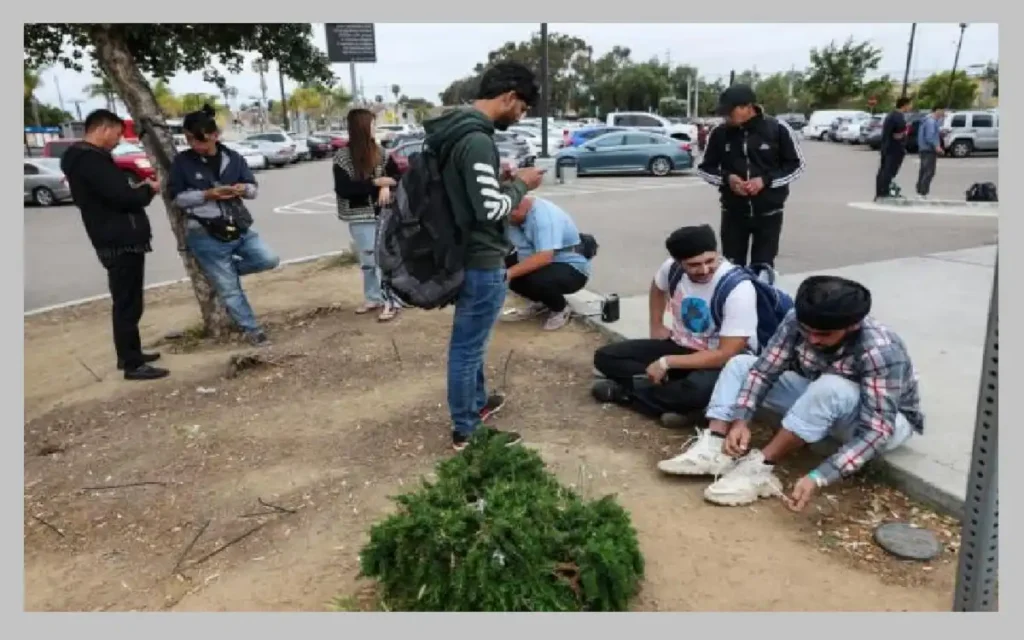|
Getting your Trinity Audio player ready...
|
Breaking News, California is set to become the first state in the nation to extend its cell phone subsidy program to undocumented immigrants. This decision, announced by the California Public Utilities Commission (CPUC) on July 31, 2024, marks a significant shift in policy and is expected to impact hundreds of thousands of residents across the Golden State[1].
The LifeLine Program: A Brief Overview
The California LifeLine Program, established in 1984, has long provided discounted landline and cell phone services to low-income residents. The program aims to ensure that all Californians have access to essential communication services, regardless of their financial situation[2]. Until now, eligibility has been limited to documented residents who meet specific income requirements or participate in certain public assistance programs.

Expanding Access: A New Era
Starting September 1, 2024, undocumented immigrants residing in California will be able to apply for the LifeLine program. This expansion is expected to benefit an estimated 500,000 to 750,000 individuals who previously did not qualify due to their immigration status[3].
CPUC Commissioner Maria Gonzalez stated,
Communication is a fundamental right in our increasingly digital world. By extending the LifeLine program to undocumented residents, we’re taking a crucial step towards digital equity and inclusion.
The Impact on Communities
Advocates for immigrant rights have long pushed for this change, arguing that access to affordable cell phone service is essential for:
- Emergency communications
- Job searches and employment
- Educational opportunities
- Healthcare access
- Maintaining family connections
José Ramirez, director of the California Immigrant Rights Coalition, praised the decision:
This is a game-changer for many undocumented families who have been struggling to stay connected. It’s not just about phone calls; it’s about participating fully in society.
How the Program Works
Eligible participants in the LifeLine program can receive:
- A free cell phone
- Monthly discounts of up to $15.75 on cell phone service
- Unlimited talk and text
- A minimum of 6GB of data per month
To qualify, applicants must have a household income at or below 150% of the federal poverty level or participate in one of several public assistance programs[4].
Addressing Concerns and Criticisms
The expansion of the LifeLine program has not been without controversy. Critics argue that the move incentivizes illegal immigration and places an additional burden on taxpayers. State Senator John Smith expressed his reservations:
While we understand the importance of communication, we must also consider the message this sends about our immigration policies and the strain it may put on our state’s resources.
In response to these concerns, CPUC Chairperson Lisa Chang emphasized that the program is funded through a surcharge on intrastate telephone services, not through general tax revenues. She added,
This expansion aligns with California’s commitment to creating an inclusive society where all residents can thrive, regardless of their immigration status.
Implementation and Outreach
The CPUC has announced a comprehensive outreach campaign to inform eligible undocumented residents about the program. This will include:
- Multilingual informational materials
- Partnerships with community organizations
- Mobile enrollment events in underserved areas
The commission estimates that full implementation of the expanded program will take approximately 6-12 months[5].
Looking Ahead: Potential National Impact
California’s decision to extend cell phone subsidies to undocumented immigrants could set a precedent for other states. Telecommunications policy experts are closely watching to see how the program unfolds and whether it might influence federal policies on digital inclusion.
As the September 1 launch date approaches, both supporters and critics of the expanded LifeLine program are preparing for what promises to be a significant shift in California’s approach to digital access and immigrant inclusion.[6]
For More News Update Visit California News



